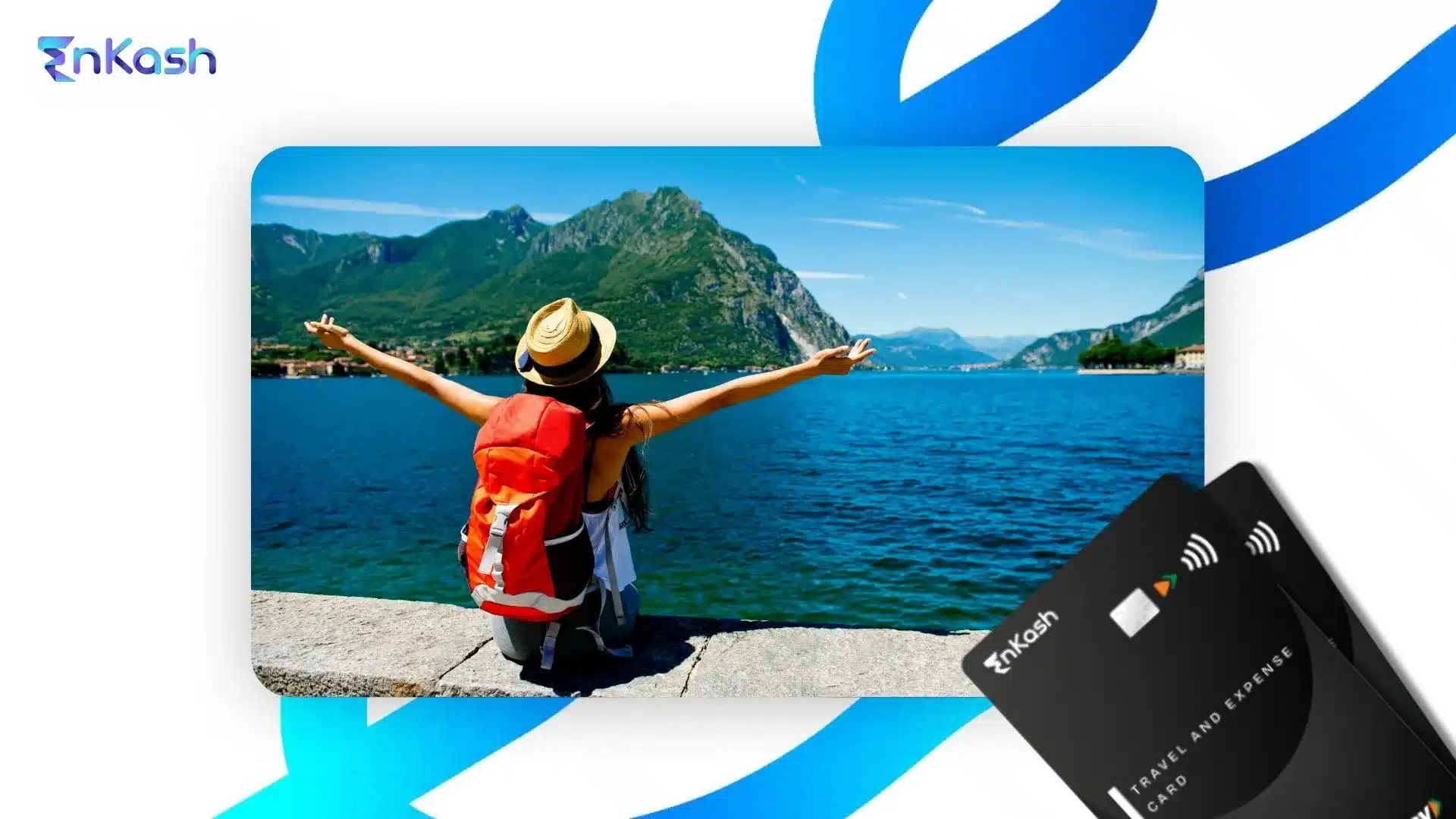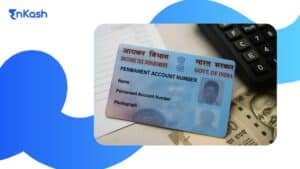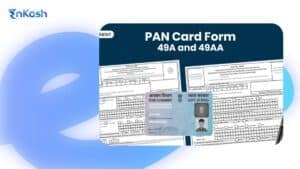Introduction
Many Indian small and medium-sized businesses still handle travel and expense (T&E) on a “trust and memory” basis rather than through a clear system. Sales staff are on the road, owners travel for supplier visits, and field teams make quick trips to client sites or government offices. Along the way, bills get stuffed into wallets, lost in WhatsApp chats, or forgotten until the accountant asks.
Such habits tend to cause issues sooner or later. A GST audit may demand proof of a claim from months ago, or income tax authorities may reject an expense without the right invoice. Even internally, delays in reimbursements, duplicate claims, or confusion over personal vs. business costs can cause headaches.
T&E covers all official travel and business-related expenses outside the office: tickets, hotels, meals, cabs, conference fees, and more. Keeping these records accurate helps with GST input claims, ensures income tax compliance, and gives business owners better control over how money is spent.
T&E Meaning in Accounting
In accounting, T&E stands for travel and expense. It refers to the money a business spends when employees travel for official purposes or carry out work-related activities outside the office. These expenses are part of day-to-day operations for many companies, especially those with sales teams, service engineers, procurement staff, or management that need to travel for client meetings, supplier visits, or training programs.
From an accounting perspective, these costs need to be recorded in the company’s books with accurate details: amount, date, purpose, and supporting documents such as receipts or invoices. This is not just a formality. For Indian SMEs, proper T&E recording ensures GST input claims are processed smoothly, eligible expenses are allowed under income tax rules, and management has a clear view of how much is being spent on travel and related activities.
Read More: What is Accounting? Types & Importance of Accounting
Common Types of T&E Expenses for Indian Businesses
Travel and expense costs can vary widely depending on the nature of the business, the size of the team, and how often employees need to travel. For Indian SMEs, these expenses often fall into a few common categories.
1. Travel and Transportation
This includes the main cost of getting from one place to another air tickets, train fares, bus tickets, or fuel for company vehicles. It also covers local transport during a trip, such as taxis, autos, app-based cabs, metro fares, or even rental cars.
2. Stay and Accommodation
Any lodging used during official travel, including hotel rooms, guest houses, or serviced apartments. Extended assignments may also involve short-term rental properties.
3. Meals and Refreshments
Food and beverages purchased while travelling for work, from snacks at railway stations to formal client dinners. These are recorded separately to distinguish them from general office meal expenses.
4. Vehicle-Related Costs
Parking fees, toll charges, and sometimes vehicle hire costs when company or hired vehicles are used for travel.
5. Event and Participation Fees
Registration or entry fees for trade fairs, industry conferences, training programs, or exhibitions attended as part of work.
6. Miscellaneous Travel-Linked Expenses
Smaller but frequent costs, such as baggage fees, printing event materials, or courier charges tied to the trip.
Travel and Expense Journal Entry
For many SME owners, this is where things get foggy. Receipts get collected, but the accounting entries aren’t always made on time or in the right way. The result? Confusion during GST claims, messy ledgers, and extra work for the accountant at year-end.
How Journal Entries Are Used
A journal entry is the official accounting record of a transaction. For T&E, it means recording the cost of travel (and related expenses) in the right accounts, with enough detail so you can trace it later.
The basic idea:
- When the company pays directly, record the expense immediately against the Travel & Expense account.
- When an employee pays first, record it as “Employee Advance” or “Reimbursement Payable” until you settle it.
Example
Let’s say your company paid ₹5,000 for a sales executive’s flight ticket directly via corporate card:
Particulars |
Debit (₹) |
Credit (₹) |
|---|---|---|
Travel Expense A/c Dr |
5,000 |
|
To Bank A/c |
5,000 |
This shows that the company incurred a travel expense and paid for it from the bank account.
If instead, the employee paid for the ticket and will claim it later:
Particulars |
Debit (₹) |
Credit (₹) |
|---|---|---|
Travel Expense A/c Dr |
5,000 |
|
To Employee Reimbursements Payable A/c |
5,000 |
You’ll then clear that payable entry when you transfer the amount to the employee’s bank account.
Read More: Journal Entry Basics: Formats, Types, and Examples
Recording date vs. Payment date
Some SMEs only record T&E when reimbursements are paid out. That’s risky because it can skew your monthly expense reports. A better practice is to record the expense when it’s incurred (the invoice date), not just when payment is made.
Always attach scanned copies or photos of bills to your accounting entry (most accounting software allows this now). It saves hours during audits or when clarifying old expenses.
Expense Report Journal Entry
An expense report is a summary of all travel and expense (T&E) claims made by an employee for a specific trip or period. In Indian SMEs, this is usually a simple spreadsheet or a report generated from accounting software. It lists dates, expense categories, amounts, and attaches proof such as bills, tickets, or invoices.
From an accounting perspective, the expense report acts as the source document for making entries in the books. Instead of recording each taxi fare or meal separately, the accountant can post a single consolidated journal entry based on the approved expense report.
Example: When reimbursing an employee for expenses
Suppose an employee submits an expense report for a 3-day trip with the following:
- Travel: ₹5,000
- Stay: ₹4,500
- Meals: ₹1,500
Total approved: ₹11,000
Journal Entry:
Particulars |
Debit (₹) |
Credit (₹) |
|---|---|---|
Travel Expense A/c Dr |
5,000 |
|
Stay Expense A/c Dr |
4,500 |
|
Meals Expense A/c Dr |
1,500 |
|
To Employee Reimbursements Payable A/c |
11,000 |
When payment is made:
Particulars |
Debit (₹) |
Credit (₹) |
|---|---|---|
Employee Reimbursements Payable A/c Dr |
11,000 |
|
To Bank A/c |
11,000 |
Example: When the company pays directly, and the report is for the records
If the expenses were paid via the company’s corporate card, the expense report will still be filed for tracking, but the journal entry would credit Bank A/c directly instead of Employee Reimbursements Payable.
Why this matters:
- It ensures proper ledger posting of T&E without missing any category.
- It helps in GST input claims for eligible expenses.
- It keeps a clean audit trail, making it easy to match actual expenses with approvals.
A good practice is to link the expense report reference number in your journal entry narration so that auditors or managers can pull it up quickly later.
Ledger Posting of T&E
Once travel and expense bills are collected and expense reports are approved, the next step is ledger posting. This is where many SMEs either overcomplicate things or get careless.
How to Categorize Expenses in Ledgers
The simplest way to stay consistent is to create clear ledger categories for common T&E heads:
- Travel (tickets, cabs, fuel, tolls)
- Stay (hotel, guest house, short-term rentals)
- Meals & Entertainment (food and client hospitality)
- Event & Conference Fees
- Miscellaneous (couriers, luggage, or local admin expenses during trips)
Think of ledgers as labelled drawers in your office cabinet. If all bills are just dumped in one drawer marked “expenses”, you’ll waste time rummaging through papers later. Keeping separate drawers helps both with audits and when your CA is preparing GST returns.
Why is consistency important?
Auditors and tax officers don’t like surprises. If “meals” are sometimes posted under “Travel”, sometimes under “Office Expenses”, and sometimes under “Miscellaneous”, it raises questions during scrutiny. Consistency strengthens your case when claiming GST input credit or justifying expense deductions to the Income Tax Department.
A Clean vs. Messy Ledger Example
Aspect |
Clean Ledger |
Messy Ledger |
|---|---|---|
Entry Style |
Detailed entries like:
|
Lumped entries like:
“Travel – ₹10,300” (mixing flight, hotel & food) |
Category Clarity |
Shows exact cost categories: Travel ₹10,000, Meals ₹7,800, Stay ₹12,500 |
Unclear categories, expenses wrongly grouped under “Travel” or “Misc.” |
Insights |
Instantly visible spending patterns by category |
True spending patterns are hidden, requiring manual checking |
Compliance |
Easy to satisfy GST or Income Tax auditors with clear records |
Difficult to justify without digging into the original bills |
T&E Compliance in India
Tracking expenses internally is one thing, but for Indian SMEs, the bigger challenge is staying within the rules of GST and income tax. What looks like a simple travel bill to an employee can end up being allowed, disallowed, or partially questioned when seen through the compliance lens.
GST Input Credit on Travel Expenses
Not every travel-related expense is eligible for GST input credit.
Allowed:
- Hotel stays with GST invoices mentioning your company’s GSTIN
- Air travel booked under the company name with GST details
- Cab services from GST-registered providers
Not allowed or risky:
- Bills without GSTIN or invoice number
- Meal expenses (including those from registered vendors) are generally ineligible for GST input credit, unless specifically allowed under law.
- Personal components of trips
A common mistake is when employees book hotels or flights in their name without linking the company’s GST number. The invoice looks valid, but technically, the business can’t claim credit. Simple solution: always insist that vendor bills show the company’s GST number and details.
Income Tax Guidelines for Business Travel & Expenses
The Income Tax Department is generally supportive of genuine business travel costs, but there are lines you shouldn’t cross.
- Fully allowed: Client visits, supplier meetings, participation in trade fairs, training programs, service calls.
- Disallowed or questioned: Family expenses clubbed with office trips, luxury stays unrelated to business, or trips that look more personal than professional.
Documentation Requirements
In practice, many GST or tax disallowances happen not because the expense wasn’t valid, but because documents weren’t in order. A proper bill or invoice should have:
- Vendor GSTIN and address
- Invoice number and date
- Company GSTIN (if credit is being claimed)
- Purpose written in expense records (e.g., “Flight – Delhi client meeting”)
Conclusion
Managing travel and expense (T&E) accounting is more than just reimbursing employees—it’s about maintaining accurate records, ensuring GST input credit eligibility, and staying compliant with income tax rules. For Indian SMEs, adopting a clean ledger system and recording journal entries correctly not only simplifies audits but also provides deeper visibility into business spending. By categorizing expenses properly, attaching valid invoices, and using expense reports as source documents, companies can avoid compliance risks and make smarter financial decisions. In today’s competitive environment, a well-structured T&E process helps businesses stay audit-ready, control costs effectively, and build long-term financial discipline.
FAQs
1. What does T&E mean in accounting?
T&E stands for Travel and Expense. It covers all official costs employees incur while travelling or working outside the office: flights, trains, hotels, meals, cabs, event fees, and similar expenses. In accounting, these are recorded under specific ledger heads so they can be tracked, audited, and claimed for GST or tax purposes.
2. Can Indian SMEs claim GST input credit on travel expenses?
Yes, but only on certain costs. For example, GST credit is usually available on hotel bills and flight tickets booked in the company’s name with a proper GST invoice. However, input credit on meals or entertainment expenses is blocked under the GST law (Section 17(5)), even if such bills carry GST..
3. What are common mistakes SMEs make in T&E accounting?
Some frequent ones include:
Booking expenses under vague heads like “Miscellaneous” instead of proper categories.
- Losing bills or keeping them only in WhatsApp chats.
- Claiming GST on invoices issued in an employee’s name instead of the company’s.
- Delaying reimbursements affects employee morale.
4. How should T&E expenses be recorded in the ledger?
They should be grouped under clear categories such as Travel & Transportation, Stay & Accommodation, Meals & Refreshments, Vehicle-Related Costs, Event Fees, and Miscellaneous. Consistency in posting is crucial for smooth audits and GST claims.
5. What kind of documentation is required for T&E compliance?
GST-compliant invoices with supplier GSTIN, company name, and place of supply.
- Expense reports with attached bills (physical or scanned).
- Clear narrations in journal entries linking expenses to trips or reports.
- Without these, even genuine expenses may be disallowed during GST or income tax checks.
6. Are meals during travel allowed as a business expense?
For income tax, reasonable meal costs while travelling for business are allowed. But for GST, input credit on food and beverages is not available. So, while you can claim the expense, you can’t set off GST on it.
7. How can SMEs make T&E management easier?
- Use simple accounting software that allows attaching bills to entries.
- Train staff to always get invoices in the company’s name.
- Set a clear reimbursement timeline (like 15–30 days).
Keep separate budget heads for T&E to track spending patterns.












